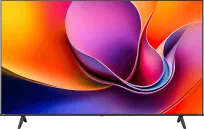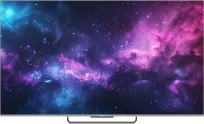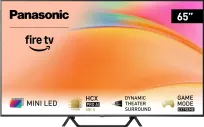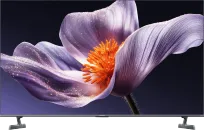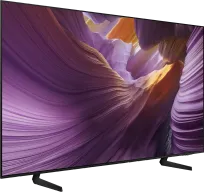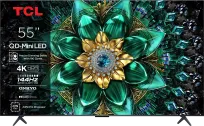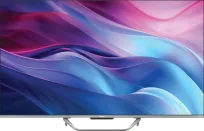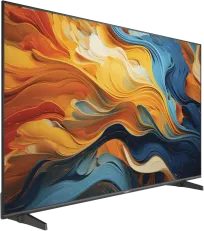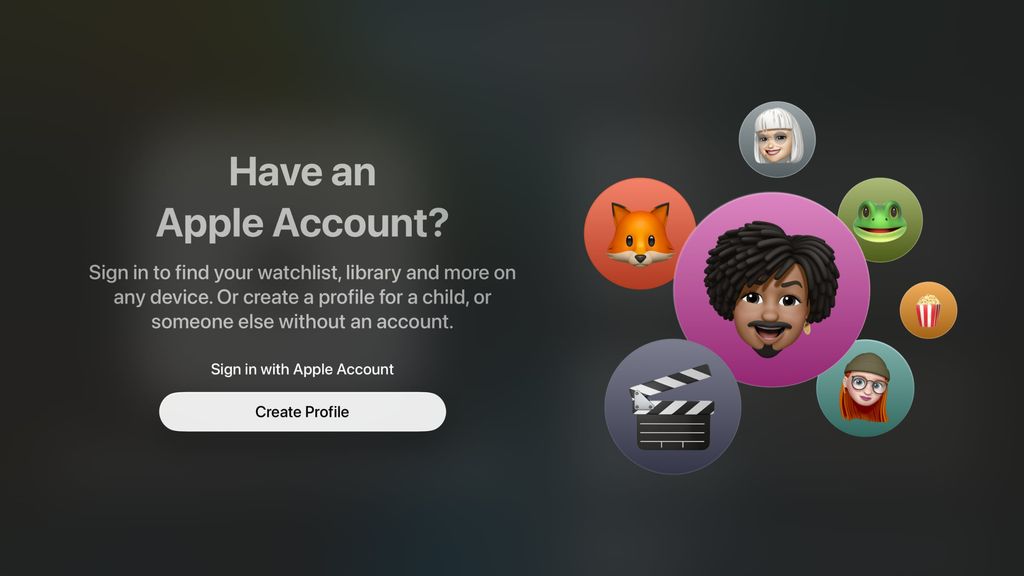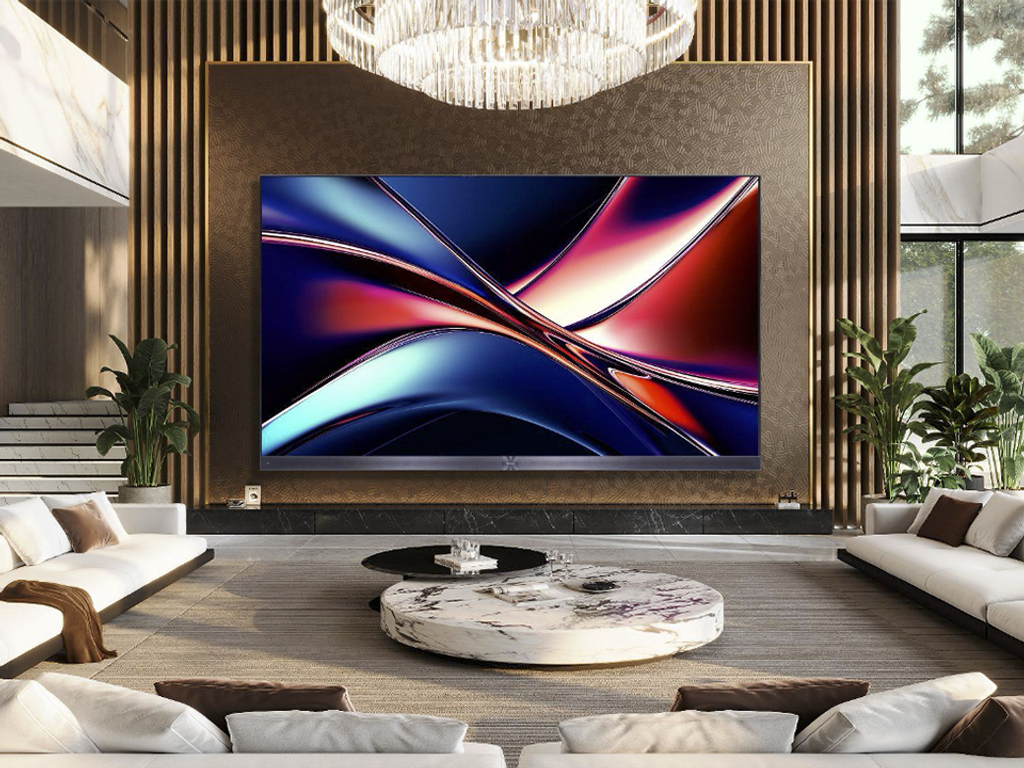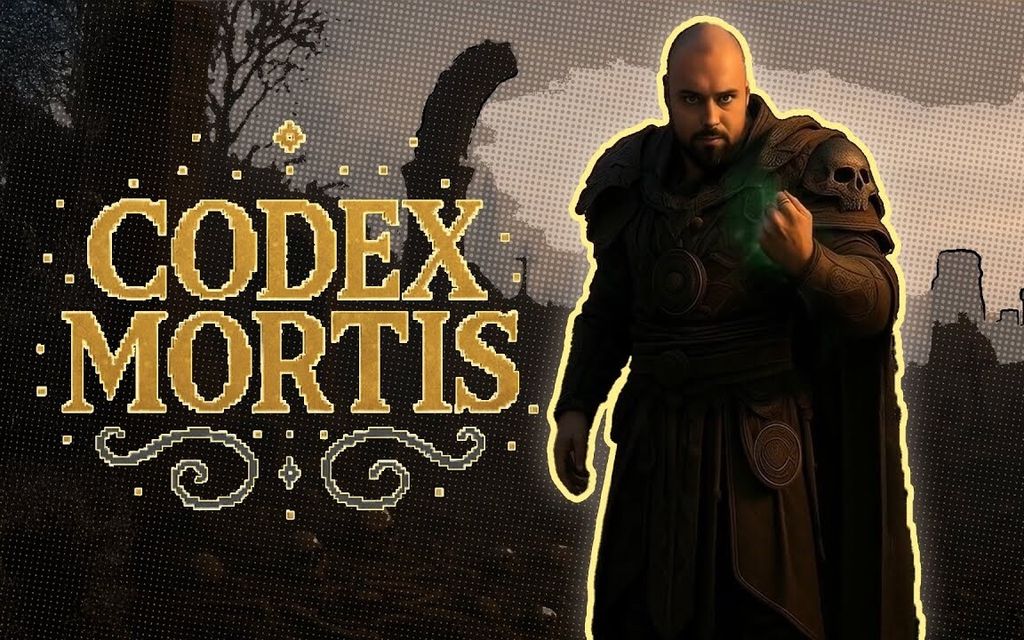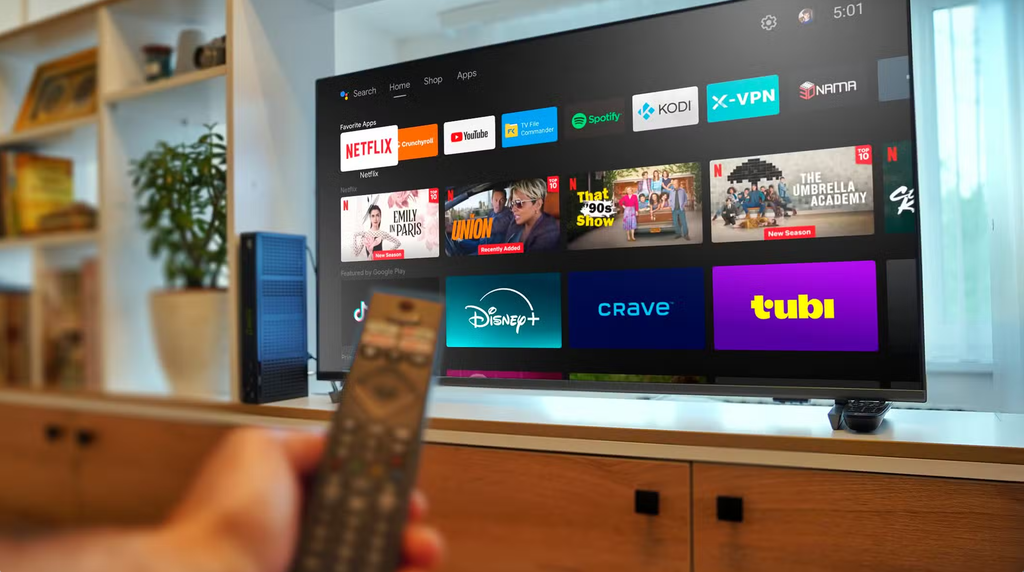
Google has announced a major change for its television platform. From August 2026, apps on Google TV and Android TV will need to operate in a 64-bit version. This is a step intended to speed up system performance, reduce app loading times, and lay the groundwork for the next generation of devices.
Faster applications and new possibilities
Transitioning from a 32-bit architecture to a 64-bit one is more than just a change "on paper". In practice, it means shorter application launch times, fewer lags, and generally a smoother operation of the entire interface. Additionally, applications will be able to utilise more RAM, which is particularly significant when handling content in high resolutions. 4K and 8K, as well as increasingly utilised AI algorithms, will run faster and more stably. For the user, this simply means a more comfortable experience on the platform – without waiting for the application to "catch up".
What about older devices?
Google emphasises that it does not intend to cut off users of older set-top boxes and televisions. Support for 32-bit devices will remain, and applications will still be available for older devices. The change affects developers, who from 2026 will need to prepare their applications in both 32-bit and 64-bit versions. This means that those using older models will still be able to install their favourite applications – at least for a while.
Nvidia Shield on the front line
The first devices where 64-bit applications can already be tested are the Nvidia Shield. Google has confirmed that all popular models of this device support both architectures, so developers can immediately check their programs in the new environment. Additionally, Google has announced that it will provide a 64-bit Google TV emulator for Mac computers with Apple Silicon processors. This is an important step, as it will make it easier to prepare applications without the need for additional hardware.
Apple did it earlier
It's hard not to compare this move to Apple, which underwent a similar transformation much earlier. ChooseTV moved to 64-bit back in 2015, and four years later completely severed ties with the older architecture. Google is thus giving developers significantly more time to adapt to the changes. For users, this means a more tranquil, gradual transformation that shouldn't come with major issues.
 Katarzyna Petru
Katarzyna Petru